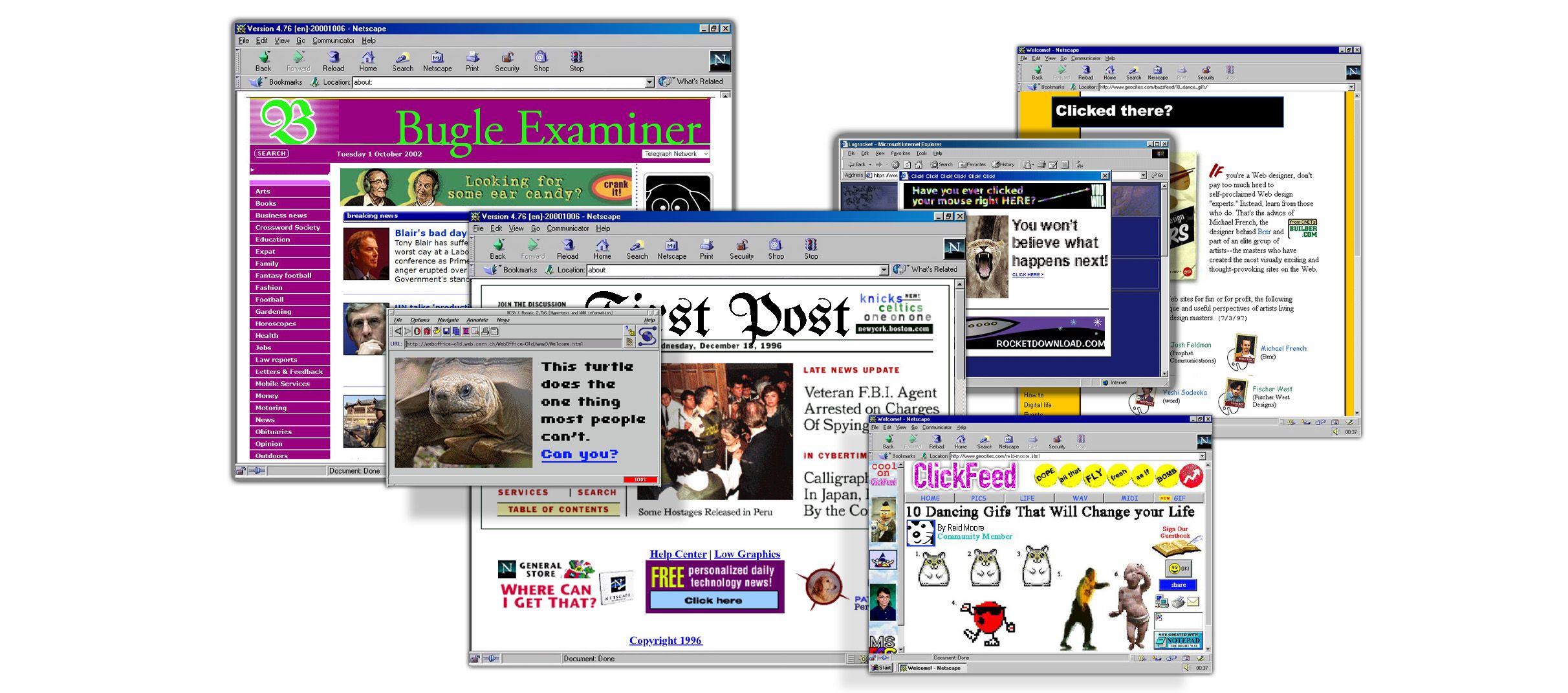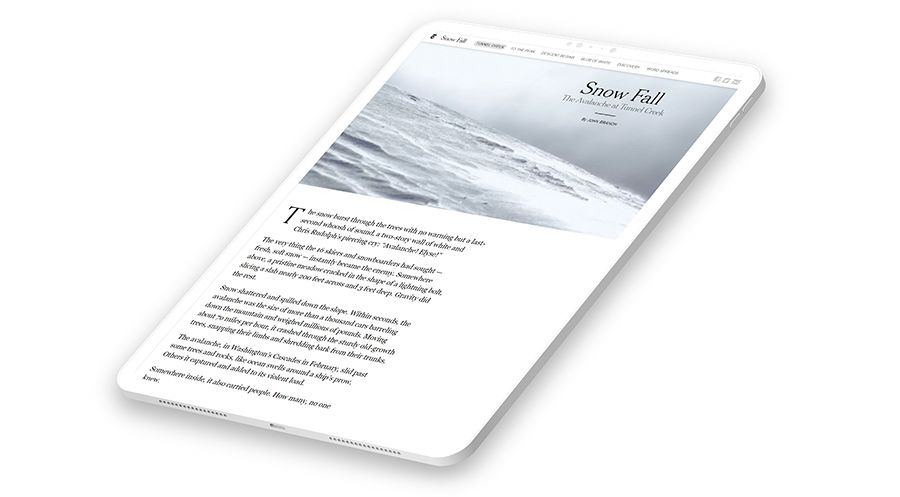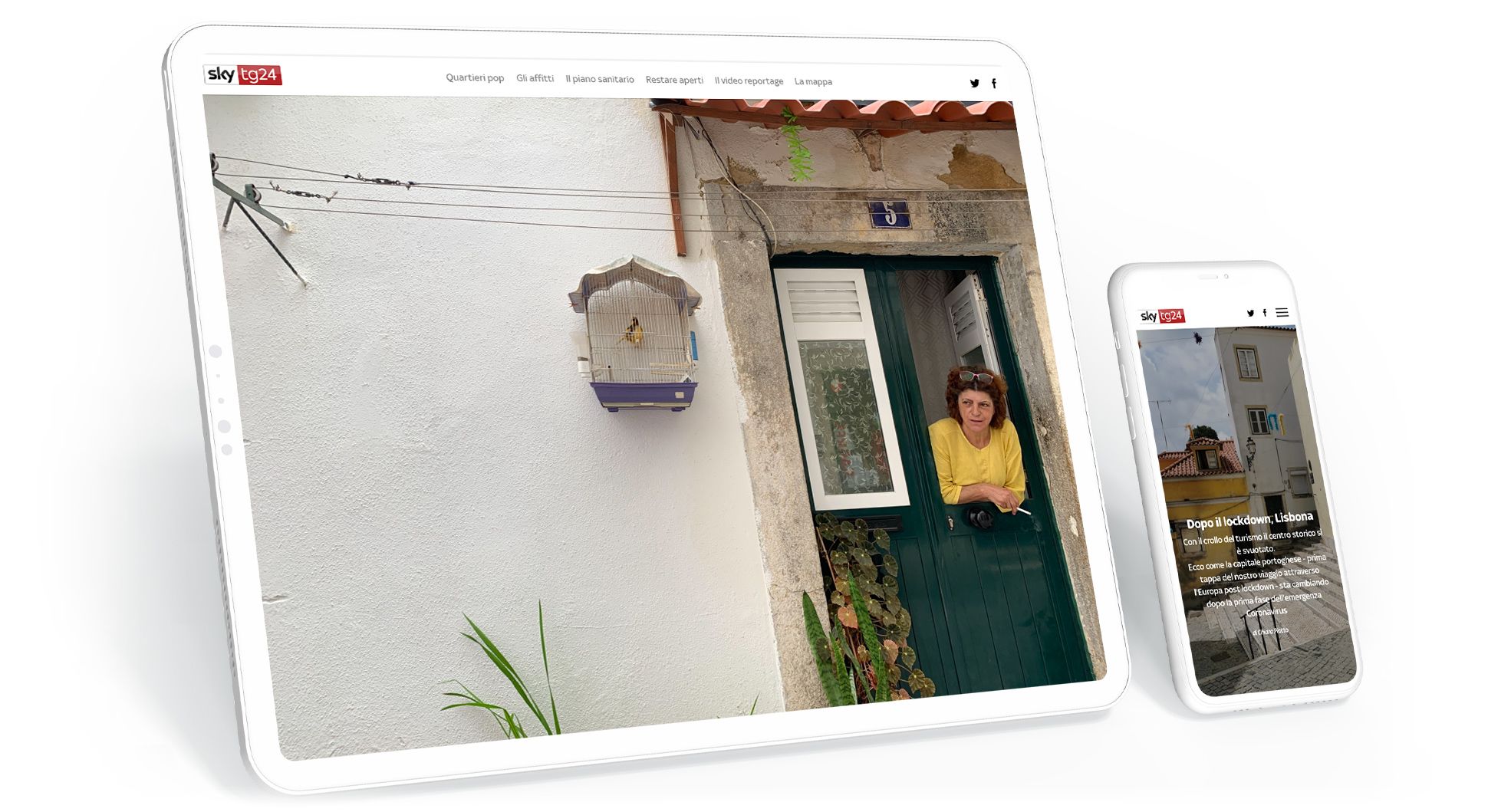Longform digital journalism is on the rise. Here's why

Here’s the paradox of the modern web: Our devices and social networks have reduced our attention spans to that of newborn kittens; and yet, we crave longform content.
That sounds counter-intuitive, but there is strong evidence that the best performing pieces of content on the web are long reads. There's plenty of data that suggests the highest ranking blog posts have high (think four figures) word counts.
Media companies have known this for a while. In 2014, Megan Garber published a piece in the Atlantic, highlighting that a 6000 word piece from Buzzfeed received over one million page views over the course of a month — with nearly half of those on mobile devices.
This article covers:
- What is longform journalism?
- No-code longform digital storytelling
- Respecting the attention of your reader
- Data journalism
- Economies of scale
- Doing more with visual assets
- Experimenting with form
The new era in longform
Longform journalism is clearly making a comeback. Now, major news brands around the world are investing heavily in longform feature stories.
Take, for example, this story from Arab News on the life and assassination of Iranian military leader Qassem Soleimani. Using illustrations, video, maps, and archival photos, the Arab News team provides a rich and detailed account of Soleimani’s impact in the region.
Longform digital journalism is on the rise. Here's why

Here’s the paradox of the modern web: Our devices and social networks have reduced our attention spans to that of newborn kittens; and yet, we crave longform content.
That sounds counter-intuitive, but there is strong evidence that the best performing pieces of content on the web are longreads. The latest data from Hubspot concluded that the highest ranking blog posts in search were on average 2,330 words, with some of the best performing — known as ‘pillar posts’ — stretching to 10,000 words.
Media companies have known this for a while. In 2014, Megan Garber published a piece in the Atlantic, highlighting that a 6,000 word piece from Buzzfeed received over one million page-views over the course of a month — with nearly half of those on mobile devices.
This article covers:
- What is longform journalism?
- No-code longform digital storytelling
- Respecting the attention of your reader
- Data journalism
- Economies of scale
- Doing more with visual assets
- Experimenting with form
The new era in longform
Longform journalism is clearly making a comeback. Now, major news brands around the world are investing heavily in longform feature stories.
Take, for example, this story from Arab News on the life and assassination of Iranian military leader Qassem Soleimani. Using illustrations, video, maps, and archival photos, the Arab News team provides a rich and detailed account of Soleimani’s impact in the region.

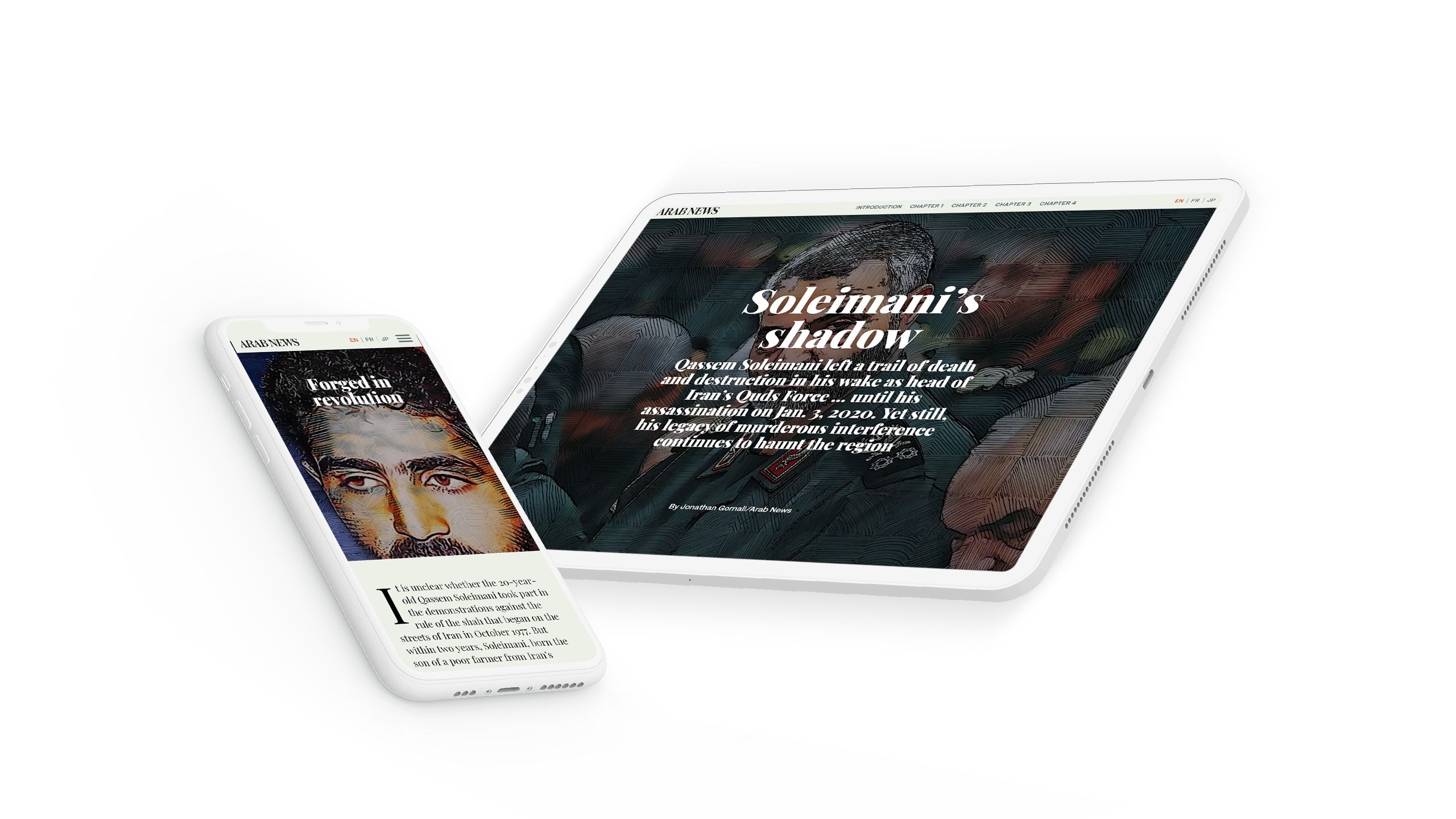
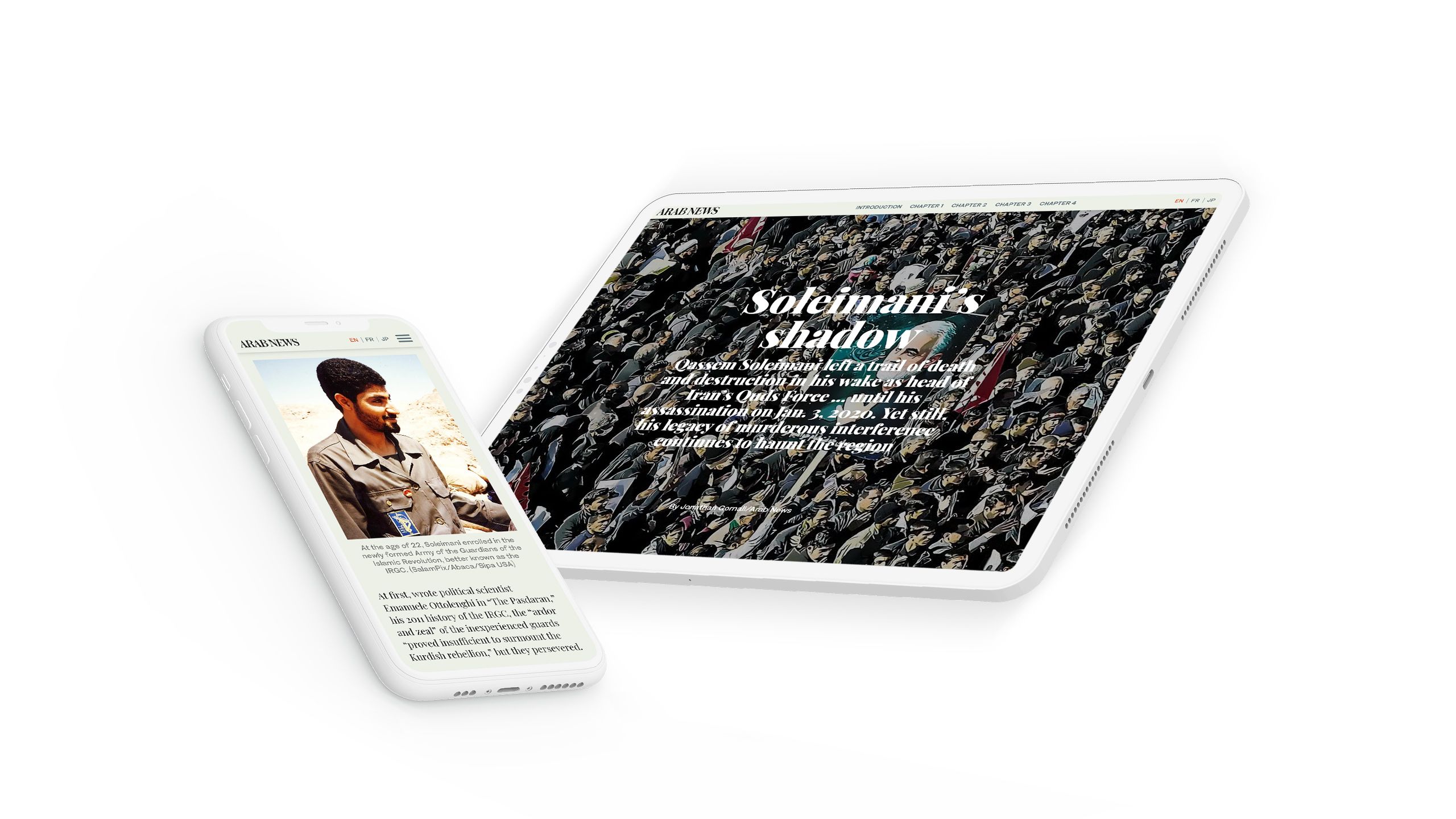
Create your first story free with Shorthand.
Craft stunning, interactive web content — no code or web design skills required.
Get started.
Other media companies — NBC, BBC, Stuff, Sky News, Prodavinci, El Periodico, the NZ Herald, and more — are all producing stunning longform articles, narrative journalism, watchdog journalism, comics journalism, and digital features.
What is longform journalism?
There are seven features common to most great longform journalism:
1. It's long
Let's address the elephant (or is it giraffe?) in the room: Longform journalism is typically much longer than average. But there's much more to longform journalism than its length. It is its own genre of content, with specific features and requirements that you need to keep in mind. Learn more in our guide to creating longform content.
2. It focuses on stories that need room to breathe
Not every story needs to be 10,000 words. Longform stories typically have multiple sections, with a narrative that gradually builds in intensity and significance. As the best journalists know, not all stories deserve that kind of attention. Sometimes there isn't any 'there' there, and it's best to keep a story piece short and to-the-point.
3. It respects the reader's attention
The best longform stories understand that the reader is giving them a rare gift: sustained attention. While the stories might be longer, careful editorial attention is paid to every word. There is never room for fluff or filler in great journalism, no matter if it's 700 words or 7,000.
4. It's a specific skill
We've said that not all stories need to go long, and the same is true of journalists. Longform writing is a specific skill. Not all journalists have the patience or desire to report out a longer story with multiple beats.
5. It's more expensive to produce
There's a reason why longform journalism is relatively rare: it's typically more expensive to produce. While not all journalists will take six months to produce a story — like those intrepid, patient reporters from The New Yorker in decades past — great longform stories do require more resources to report and write.
6. It's deeply reported
As a return for the resources invested in its production, longform journalism is typically deeply reported, meaning that it has multiple sources, which have each been explored in detail.
7. It's digital
The best-performing longform content is increasingly digital, interactive, and immersive. It typically includes a range of multimedia assets — including illustrations, photos, videos, animations, and data visualisations — and is a full-screen, distraction-free reading experience.
Longform business models
Why are news media increasingly producing longform content?
The work is clearly important. The deadly secret of China's invisible armada, a longform story from NBC News, broke news of illegal Chinese fishing vessels operating off the coast of North Korea. The story used satellite imagery and illustrated maps to show boat movements — which allegedly contributed to the death of North Korean fisherman and the creation of ‘widow’s villages.’
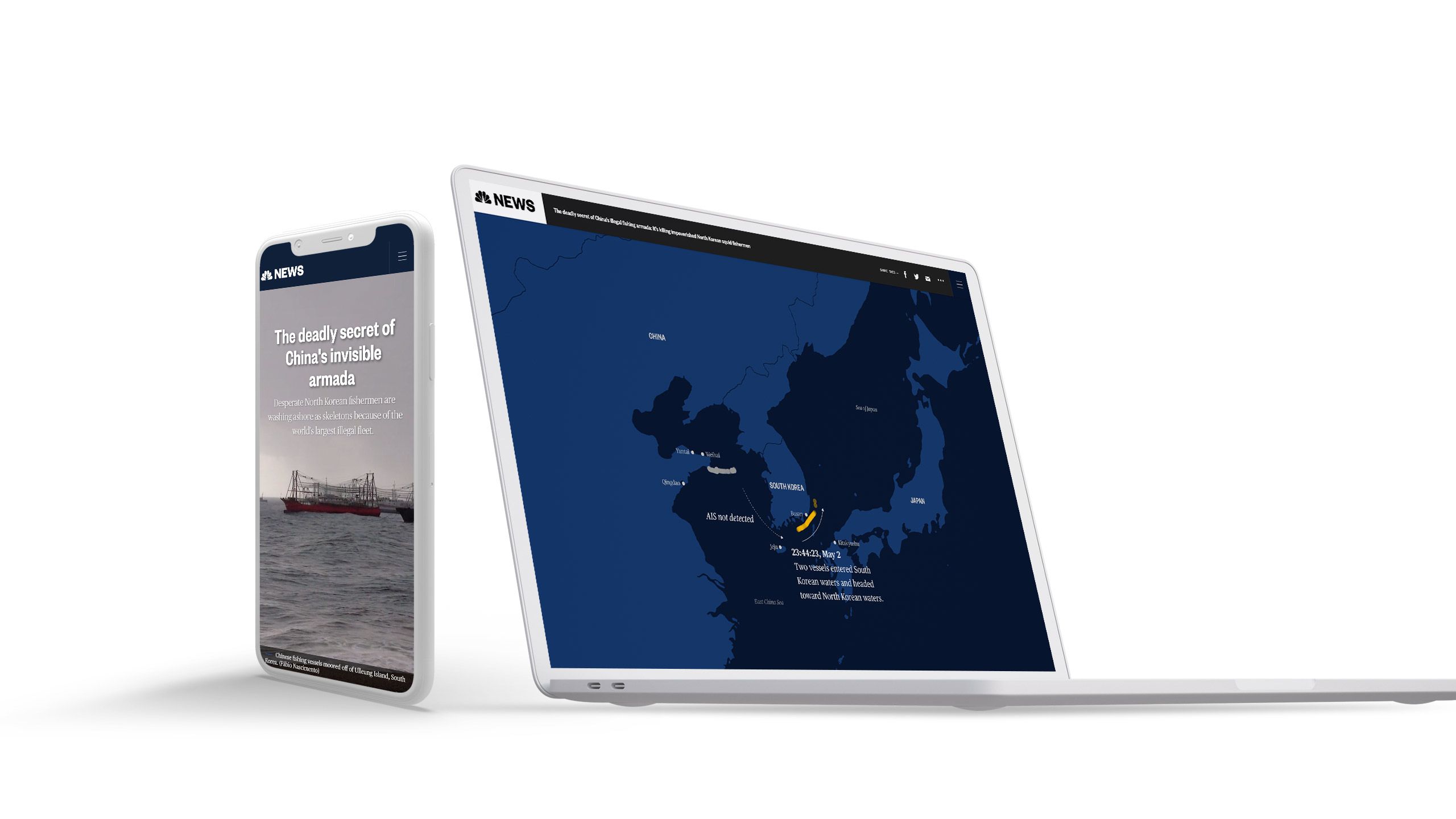
But this isn’t the only reason. With the rise of the internet, many media companies moved their content online, betting — or, at least, hoping — that digital advertising revenue would replace the decline in revenue from print.
At the same time, many news sites diverted resources to create a steady feed of clickable short form content — otherwise known as clickbait.
This content did its job. Headlines were clicked, traffic went up, and it seemed like the future of online news was going to look a little like this:
As a result, many media companies turned to a subscription or membership model. Sometimes, as with the New York Times, this led to a paywall. You can read more about how to implement a paywall here, as well as our list of the best paywall providers.
At other times, as with Stuff and The Guardian, companies leveraged their reputation for quality to ask for voluntary contributions. Many of these companies also invested in sponsored content, otherwise known as native advertising. You can see some excellent examples of native advertising in our guide.
The old business model depended on clicks, but the new business model depended on reputation.
And what’s the most reliable way to get a reputation for quality? Longform digital feature stories.
If your organisation is ready to build your own longform feature stories without writing a line of code, get started with Shorthand now.
No-code longform digital stories
This all makes sense — but in the early years, media companies looking to publish longform digital stories hit a snag. That snag was the prohibitive cost of developers.
As we’ve written elsewhere, one of the first longform digital stories — Snow Fall — was published by the New York Times. Initially, the industry celebrated the story as the future of journalism on the web.
That enthusiasm didn’t last long. It was soon revealed that the story had required a team of developers to work for months — that’s months, plural — to get everything working. No company, perhaps not even the Times, can scale that model of storytelling.
This is where digital storytelling platforms come in. With the rise of digital storytelling platforms, it’s become much easier to build beautiful, immersive, multimedia stories at scale. This is because developers and web designers are no longer an essential part of the process.
In this post, we’re going to introduce the five elements of high-performing longform digital stories. We’ll also look at some inspiring examples of longform digital storytelling from media companies from around the world, including the BBC, NBC, and Sky News.
We won't tell you how to write a longform story — you're the expert in that — but we can help you build a stunning digital story that performs brilliantly on the web.
Looking for more examples of great journalism? Check out our list of memorable environmental journalism.
1. Respect the attention of the reader

These days, it seems like most of the web is a concerted, algorithmically-driven attempt to distract the reader.
Many websites have multiple menu options, pop-ups, CTAs, banners, and a range of other elements — all designed to drag the reader's attention away from the primary content on the page and get them to perform another action.
There’s nothing inherently wrong with this sort of design. In context, many of these elements make perfect sense.
But they spell doom for longform feature stories. Longform stories — just like narrative television or novels — require the reader to make an initial effort to enter the world of the story. For most readers, this effort is only going to be made once. And as soon as you break the spell, they are unlikely to put the effort in again.
This means that you need to build your story with the reader's attention in mind. At Shorthand, we call this immersive storytelling — that is, storytelling that has been intentionally designed to keep the reader's attention.
Immersive stories are usually more successful in keeping the reader on page — and also more successful in getting the reader to click through to other content afterwards.
2. Visualise your data

Many longform feature stories are informed by data. But, too often, this data is presented as a static chart, or otherwise excluded from the story.
There are sometimes good reasons for this. Data can be tricky to work with, and data journalists are still relatively thin on the ground. Data visualisation tools have also been historically expensive or prohibitively technical.
The good news is that this is changing. With digital storytelling platforms, you can easily embed third-party data visualisation tools, such as Tableau or Flourish.
In platforms like Shorthand, you can also create strong, interactive visualisations from static images — without writing a line of code. Learn more in our guide to data journalism, featuring Sky News and our guide to creating stunning data stories.
One example of this is Labour Day from media company Stuff.
If you're looking for more examples and inspiration, check out our guide, 8 examples of powerful data stories.
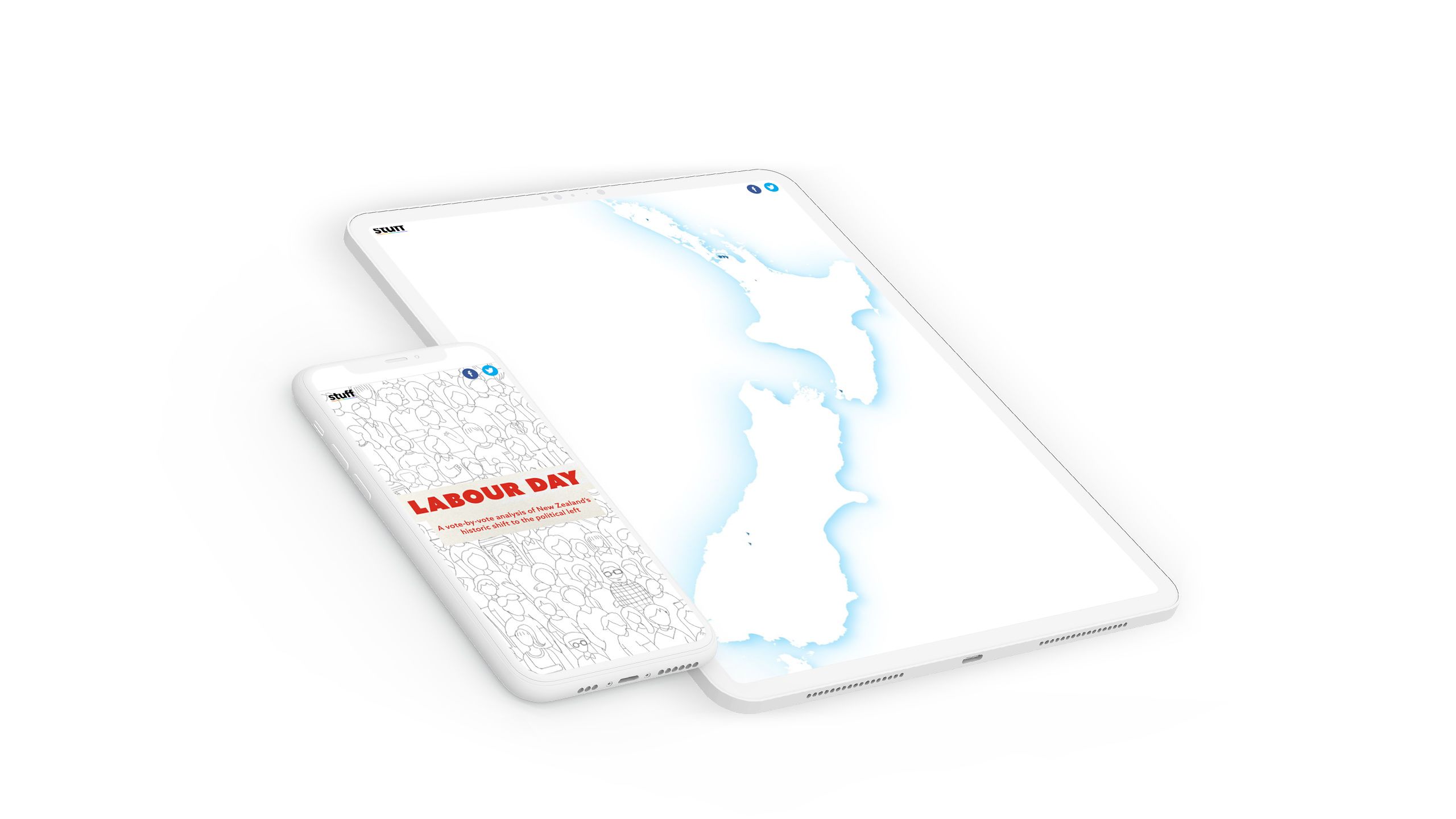
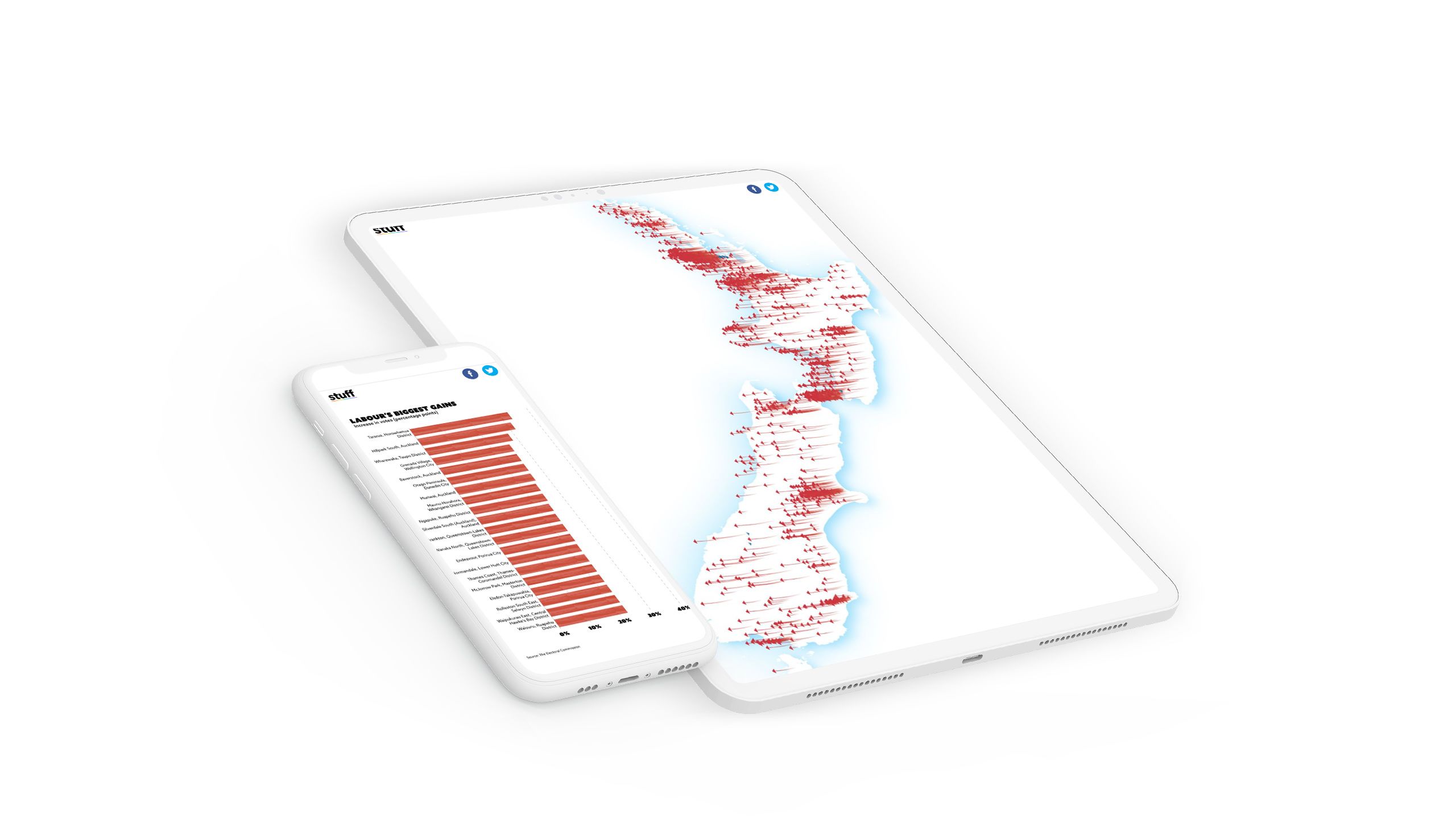
3. Find economies of scale

Longform stories often take the form of standalone projects, and usually take a village to produce, including journalists, editors, and creators of visual assets, such as photographers and designers.
For one-off projects, this can be expensive. In the current environment, media companies need to find efficiencies for longform projects to be feasible.
As we’ve mentioned above, there are good business reasons to publish longform stories. But even with these business reasons, costs still need to be managed.
The best way to do this is to identify economies of scale. Some of these economies will involve members of your team specialising — and getting more efficient — at specific parts of the story production process.
But the lowest hanging fruits are your technology choices. Building bespoke stories — like the Times with 'Snow Fall' — clearly doesn’t scale (for many media companies, it might not even scale to a single story).
This leaves you with a range of technology choices, from developer and design-heavy tools to no-code storytelling platforms. It also leaves you with a range of pricing options, from metered per-story payments to unlimited story publishing.
For media companies, we recommend unlimited story plans. This means that the cost per story decreases with every story you publish, and you never become a victim of your own success.
4. Do more with your visual assets

Most stories published on the web look and feel visually underwhelming — even when they have great visual assets at hand. This is because the legacy content management systems (CMS) used by most companies aren't built to utilise digital storytelling techniques.
With a digital storytelling platform, you can make much more effective use of your visual assets.
At its most simple, this involves including more images and illustrations than you otherwise would. With media galleries, a range of images can be used within the context of the story — without requiring the reader to necessarily focus on all of them.
With scroll-based animation, you can also create powerful transitions and contrasts from full-screen images — all triggered by the reader.
Other visual assets, including video, illustrations, and maps, can also be put to powerful use in a digital story.
A great example of this comes from Sky News Italia, in their series of stories on European cities during lockdown.
For more visual storytelling tips, check out our guide, 8 tips for great visual storytelling.
5. Experiment with form

Feature stories are often written and produced by, well, writers. As such, their visual form — that is, how they are designed and presented on the web — is only considered after the piece has been finished.
There is often a good reason for this: most publications are constrained by their technology choices. But in practice it means that most stories on the web are visually conservative. If you read enough feature stories, they all start to look sort of the same.
With digital storytelling, all bets are off. Some are almost entirely produced with photography and video, with little text. Others tell their story through charts, maps, and other data visualisations.
And yet others, like this story from the BBC, use illustrations.
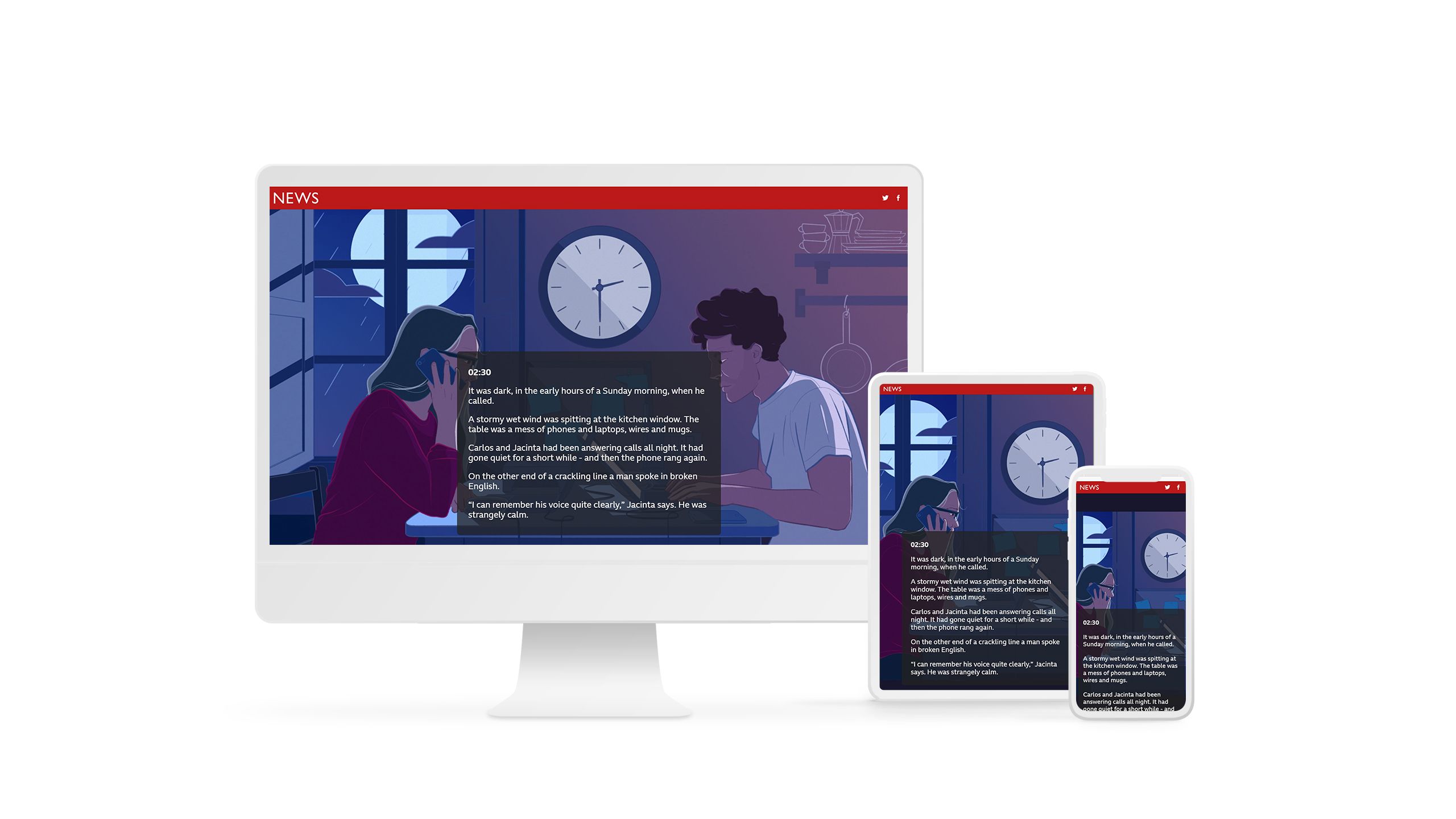
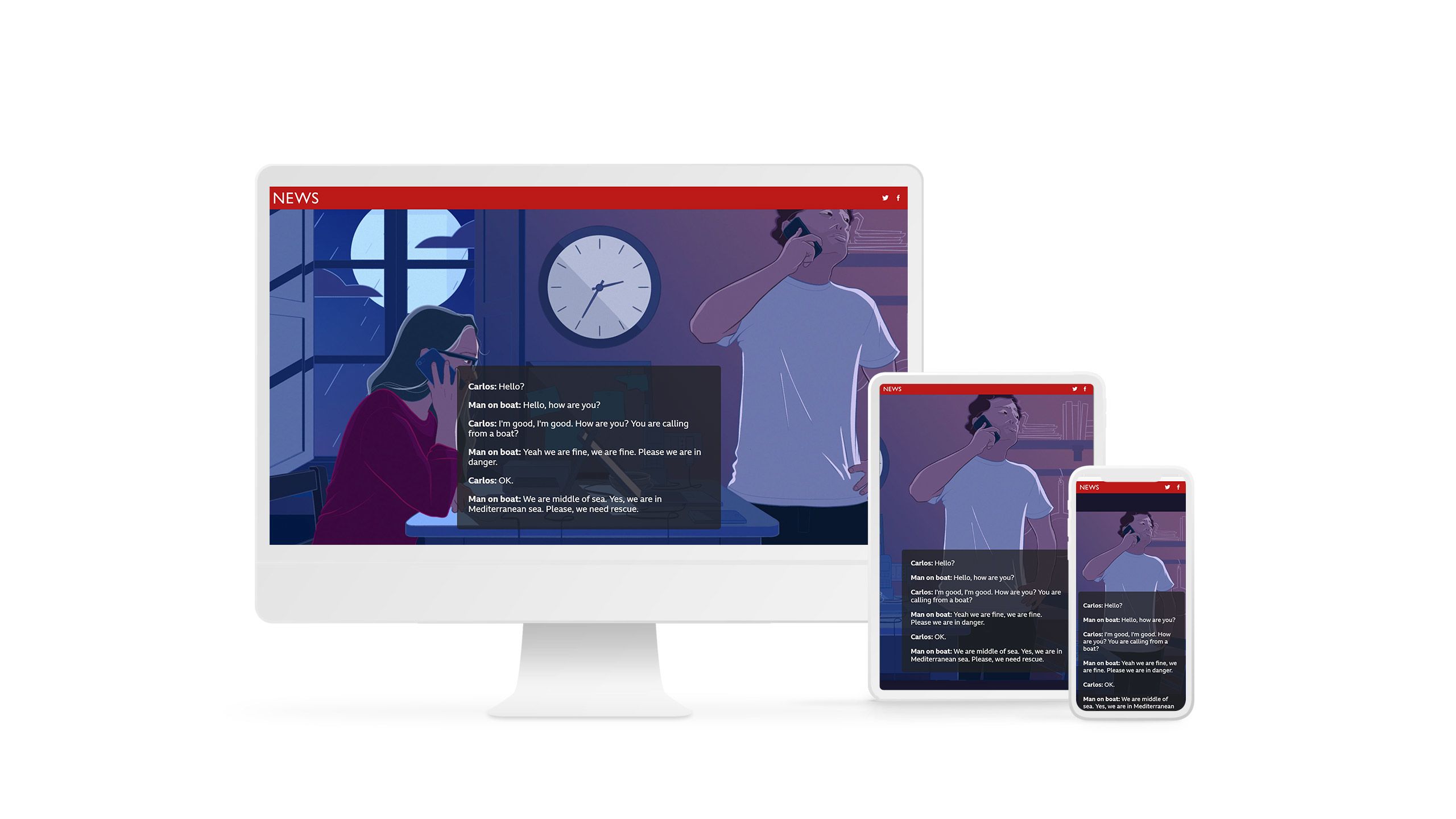
Not all longform stories need to be this visually experimental — but some can. With digital storytelling platforms, you can create visually stunning longform stories, without spending months on development and design.
Start creating for free with Shorthand
It's the fastest way to publish beautifully engaging longform stories, reports, internal comms, and more.

